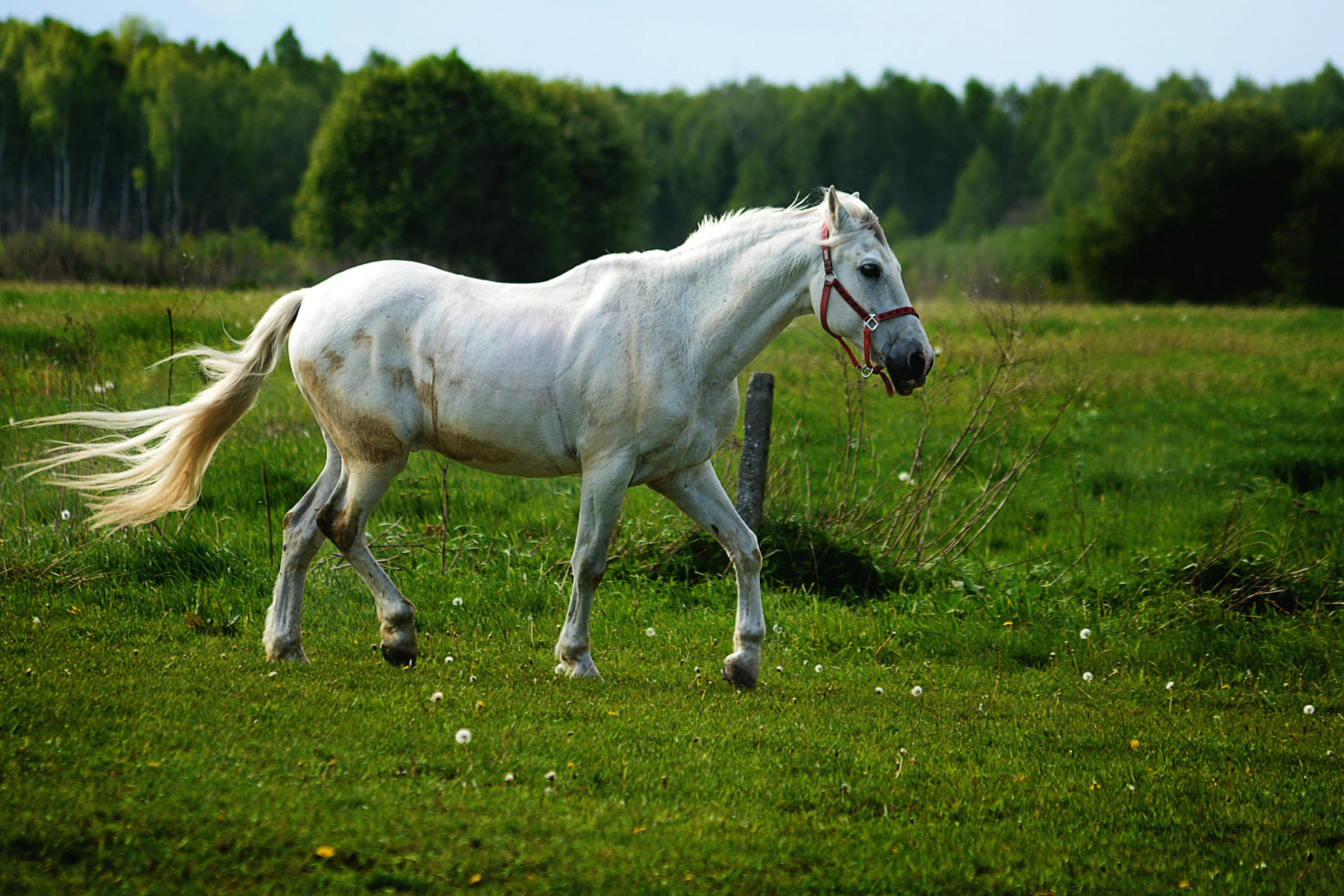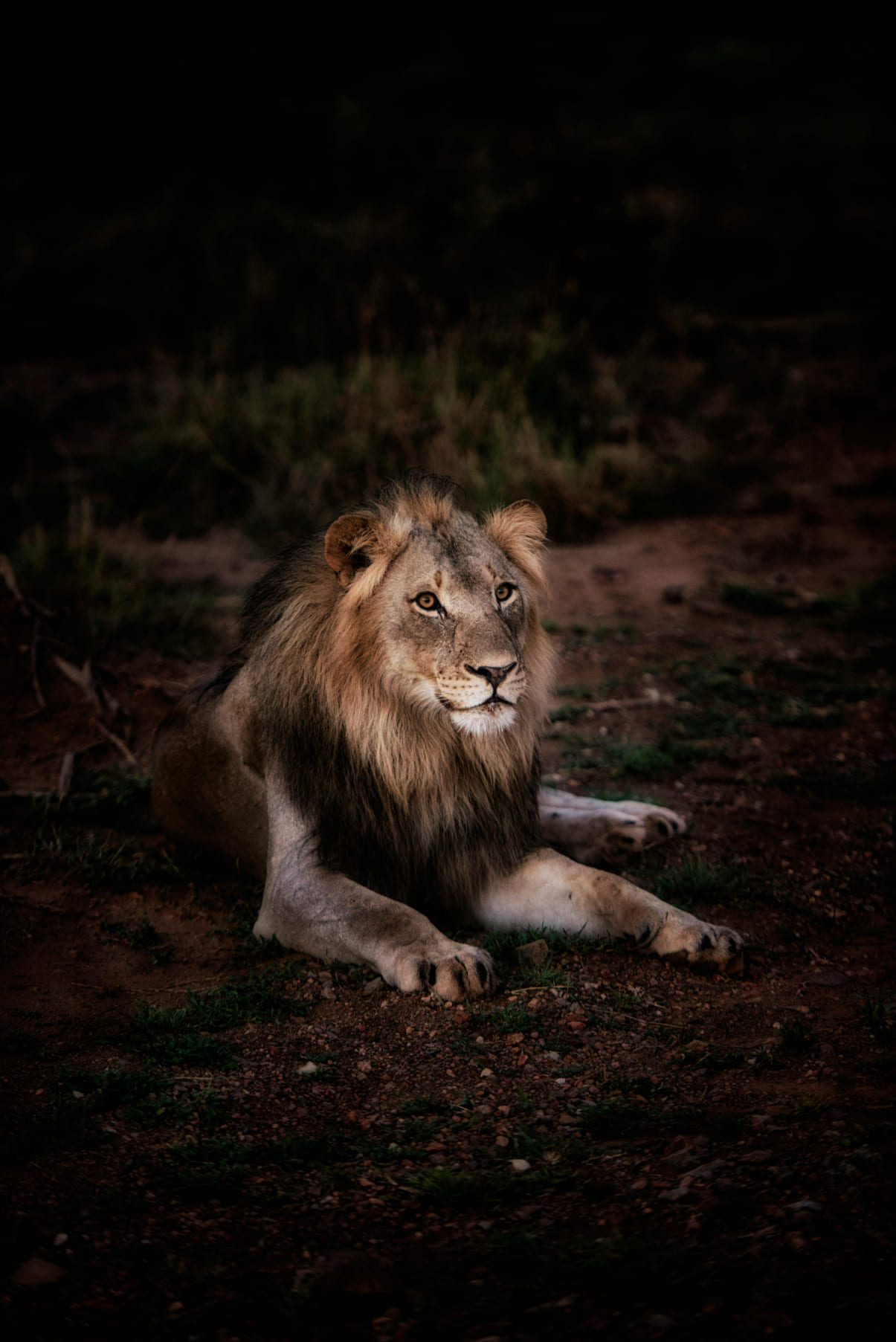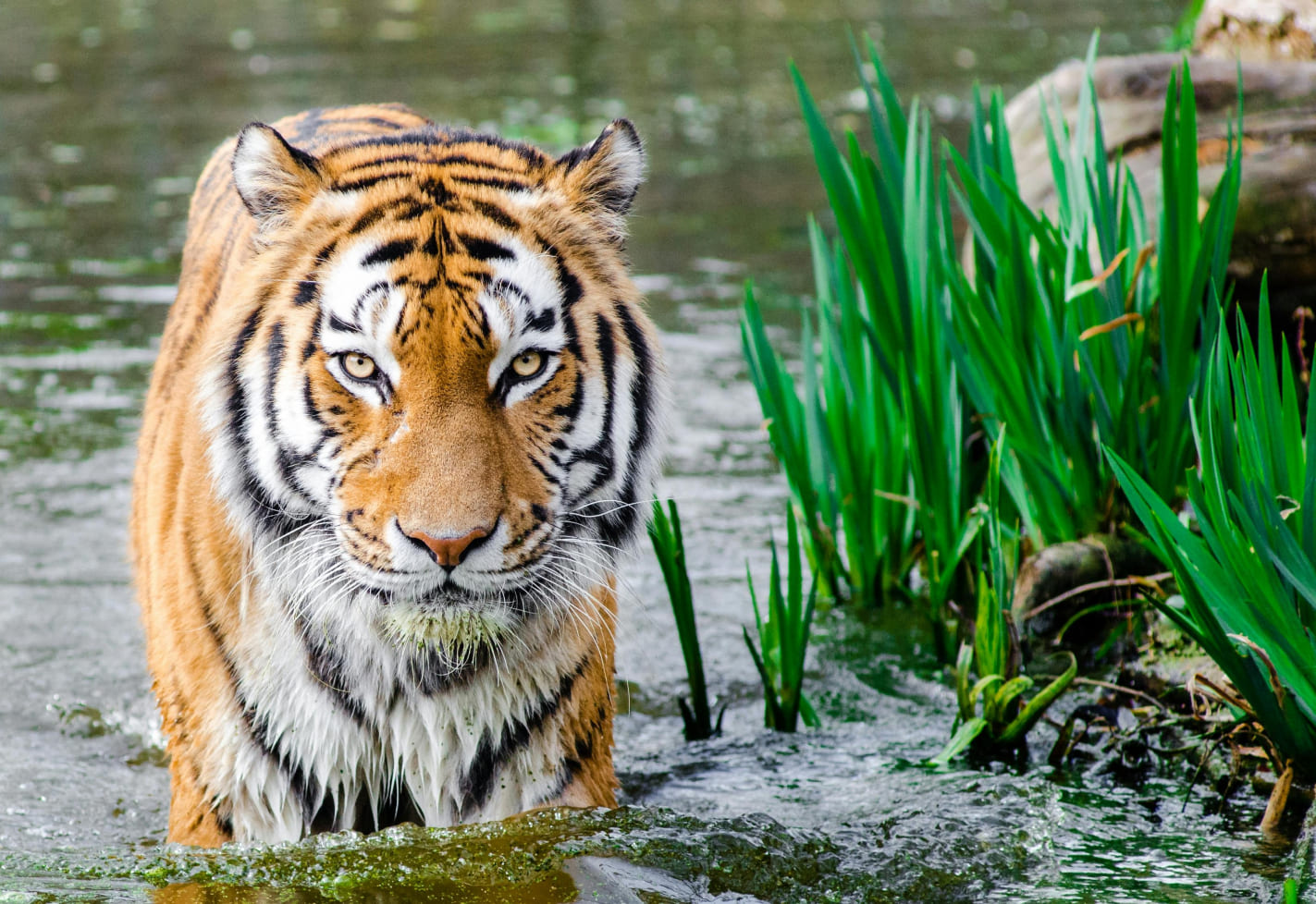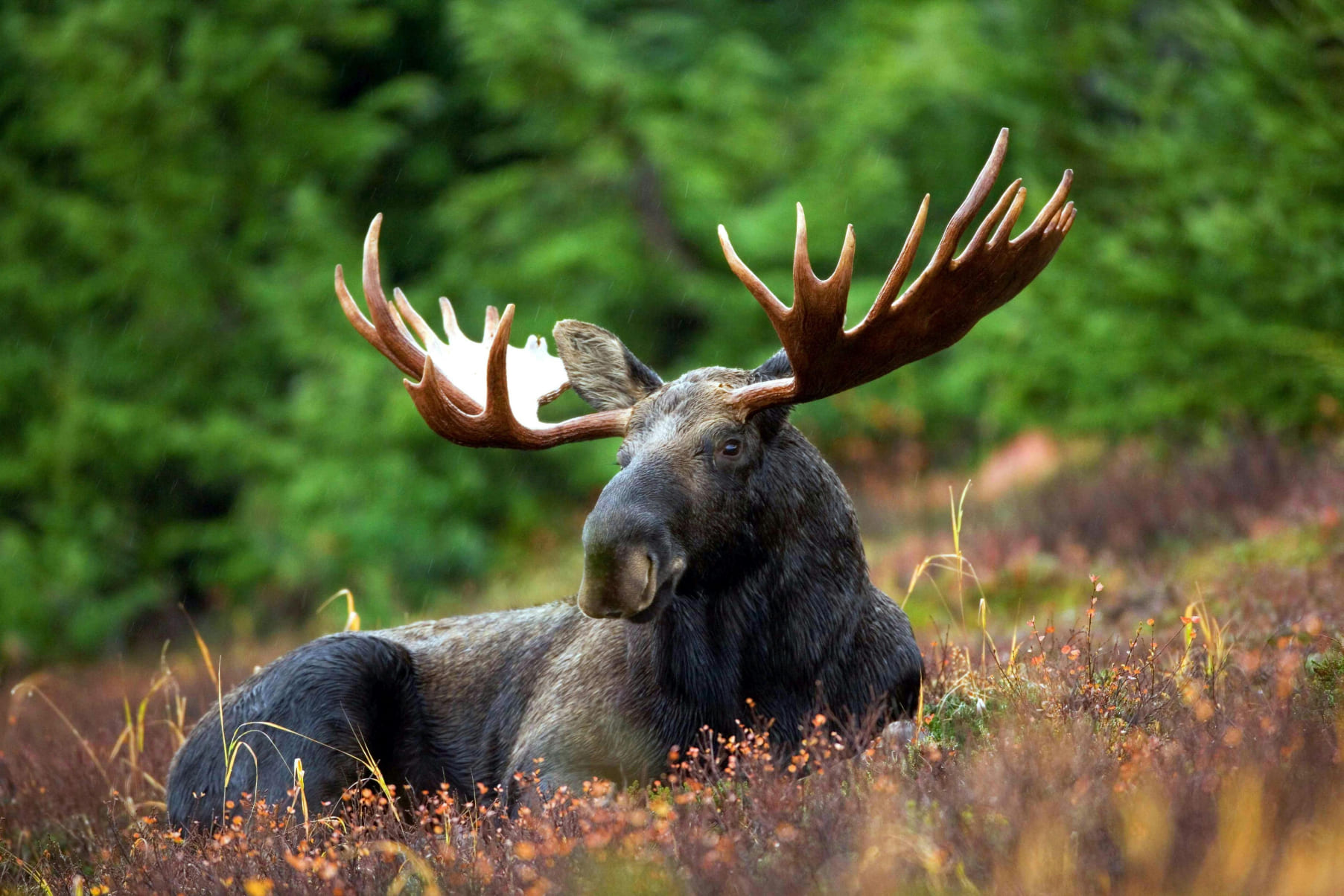Help us to protect wildlife around the world.
Oceans are home to an incredible diversity of life, from tiny plankton to massive whales. Marine animals play crucial roles in ocean ecosystems, balancing food chains and maintaining the health of coral reefs and underwater habitats.
- Mammalian Characteristics
- Birds and Flight Adaptations
- Animal Tool Use and Intelligence


















